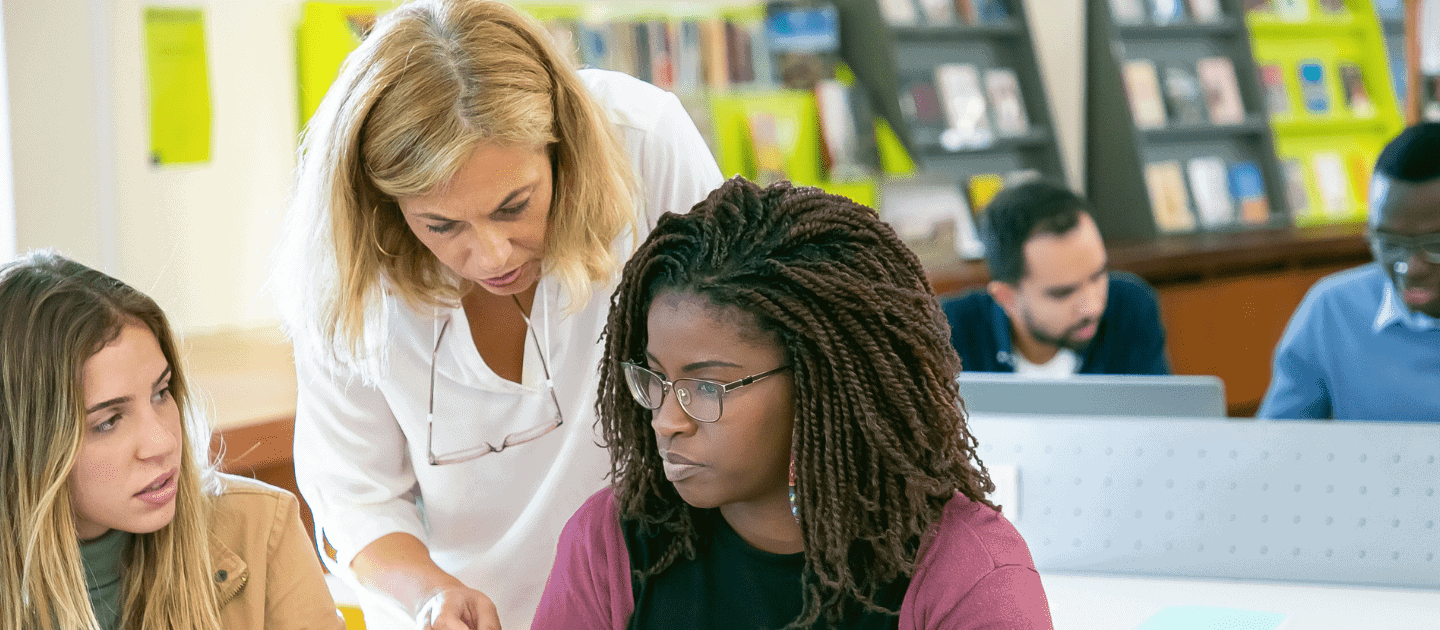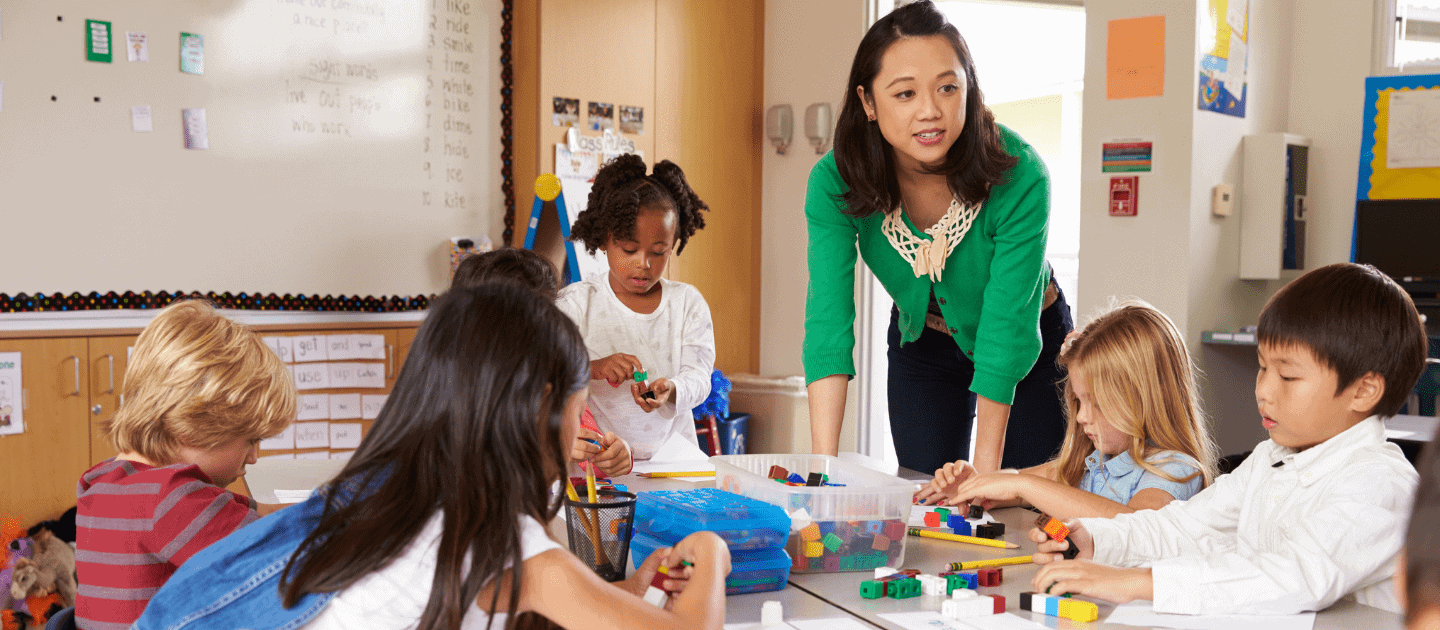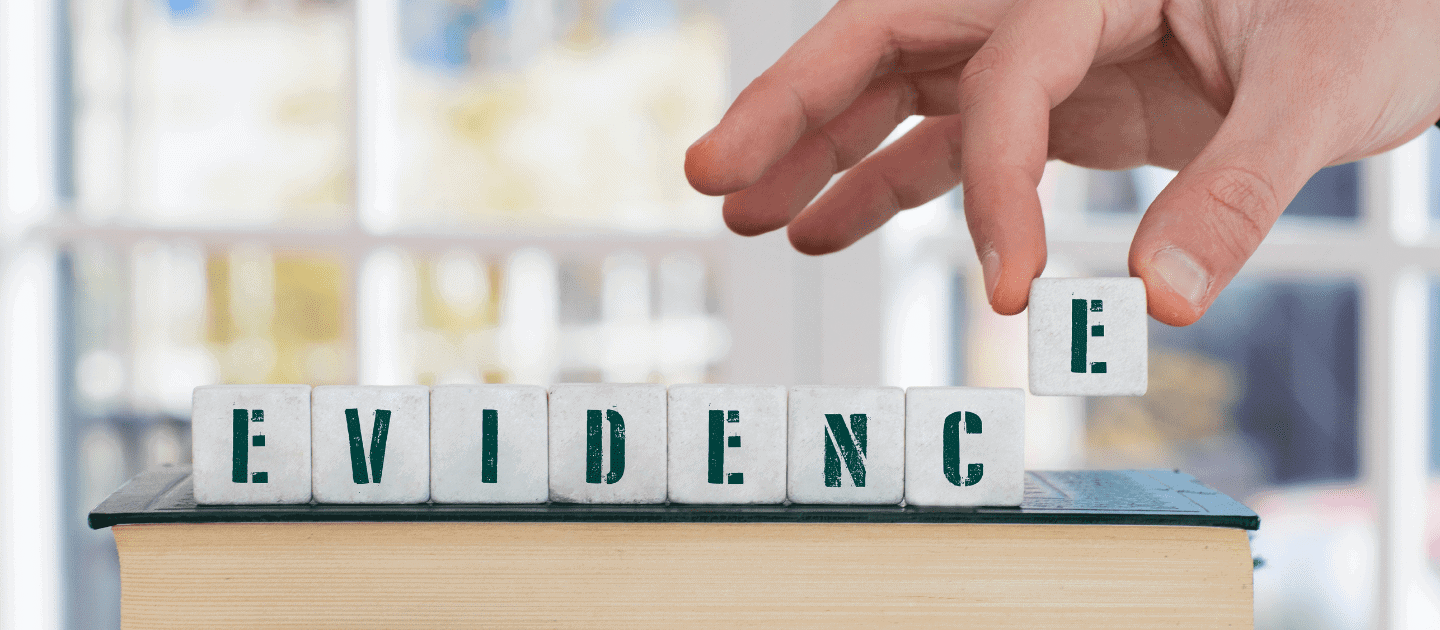Addressing Teacher Retention with Discipline-Based Community of Practice

As educators, we need to put more emphasis on creating a balance between gaining proficiency as a teacher and as a subject specialist.
How important is specialized professional development?

Effective PD should be sustained over time, involve coaching or collaborative communities, and include specialized and role-specific content.
High-Leverage Social, Emotional and Behavioural Practices in Special Education

Social, emotional, and behavioural skills must be explicitly taught, just like academic skills, to create effective learning environments where all students can thrive both academically and socially.
Veracity in Special Education

Bringing clarity to how we ascertain veracity can support our ability to identify high-quality interventions.
Factors that impact data-based decision making in educational settings

The study explores factors that affect data-based decision making (DBDM), which has been established as an essential part to student progress, particularly for those with learning differences.
The Key to Classroom Management: Multicomponent Professional Development

Employing effective classroom management techniques can pave the way for positive teacher-student relationships and create a safe space for students to learn, improve behavior, and increase academic achievement.
Special Education Laws: Five Important Lessons

Understanding the laws surrounding IEPs within your context will help to ensure that you are able to provide legally sound and equitable programming for your students.
Do teacher evaluation tools benefit all students?

The authors investigated whether Danielson’s Framework for Teaching (FFT) is a tool which encourages instruction that adequately responds to the needs of students with learning disabilities.
